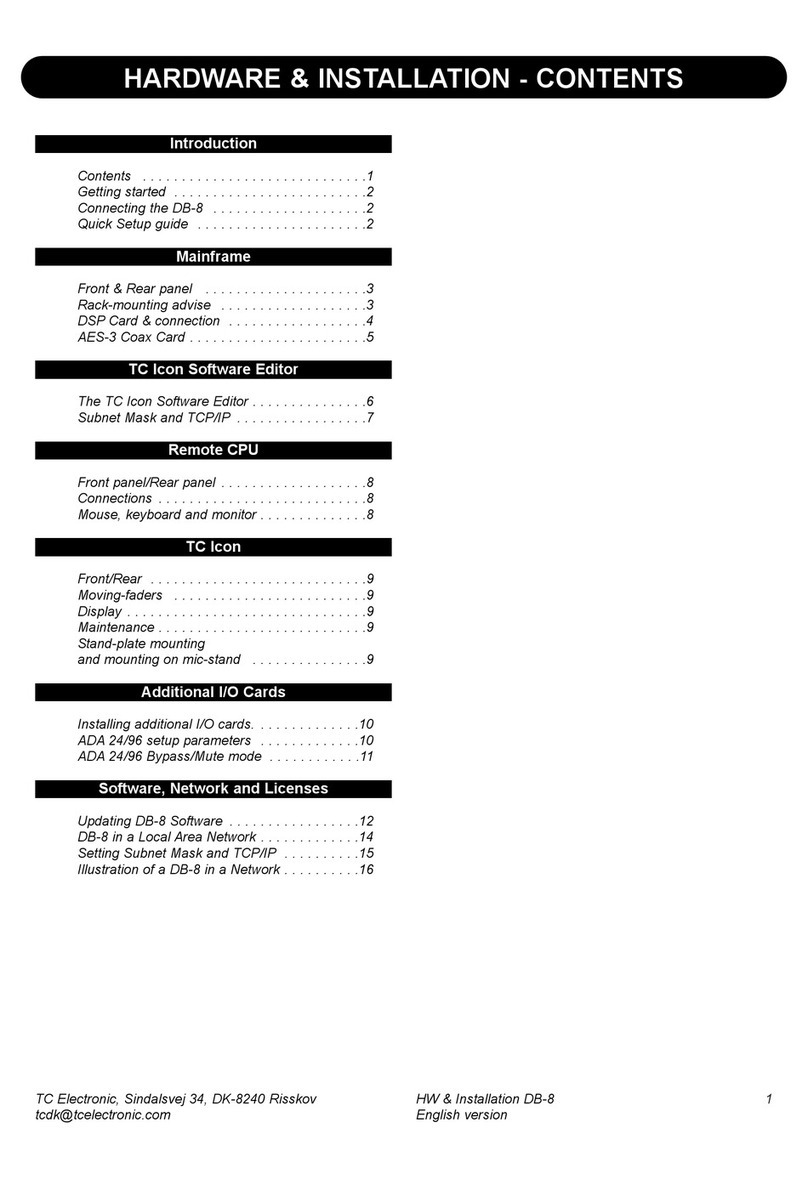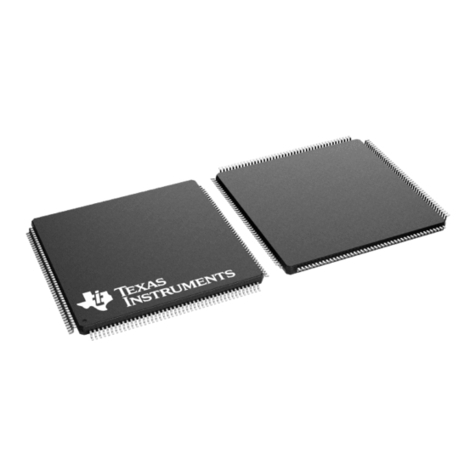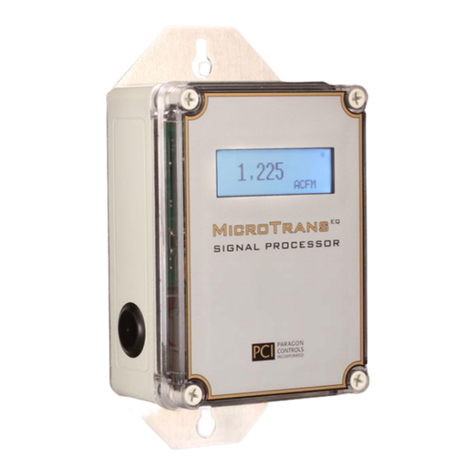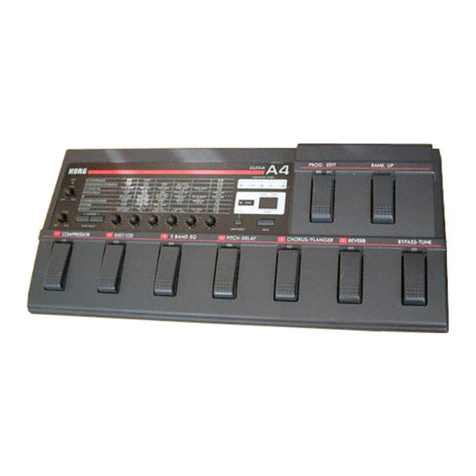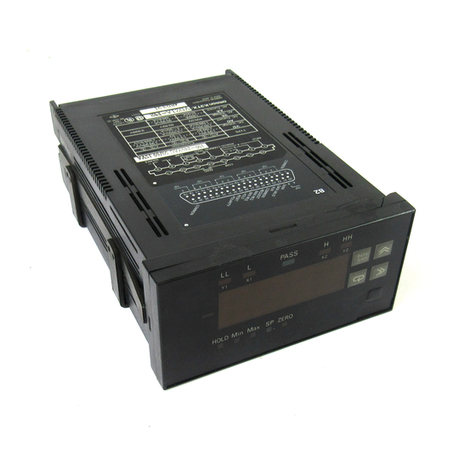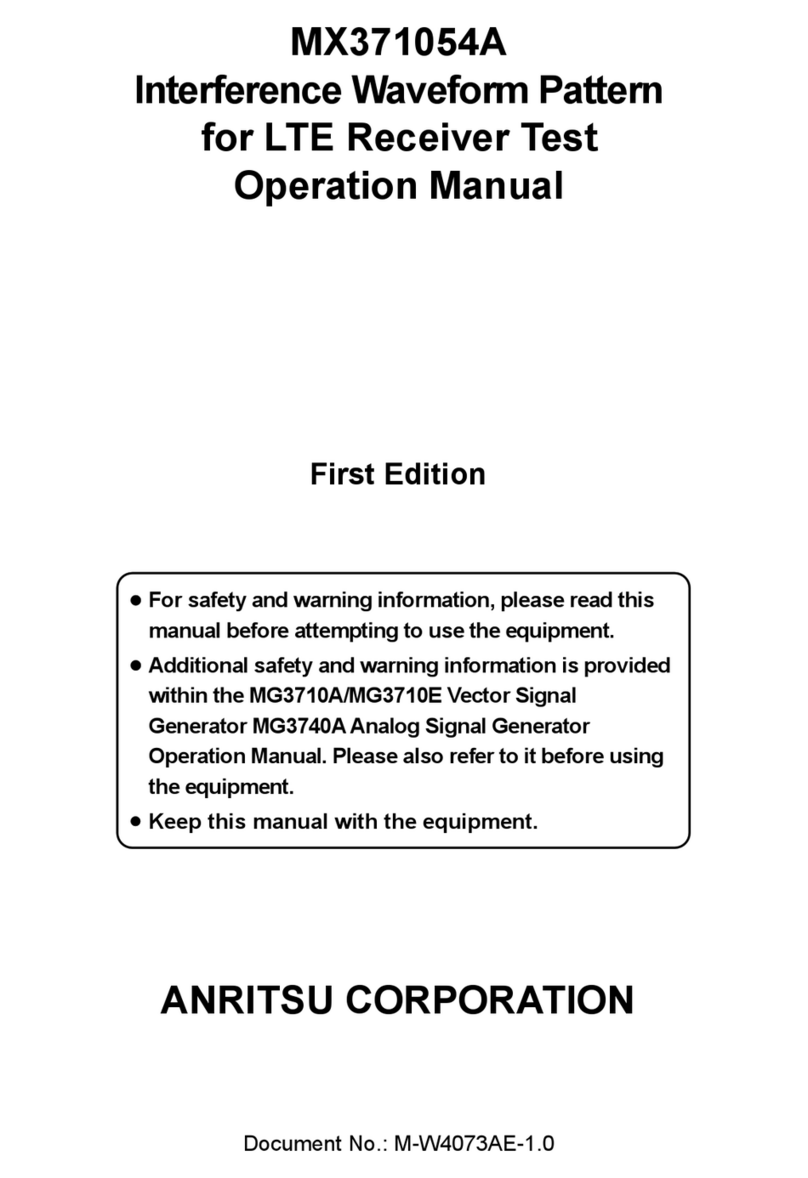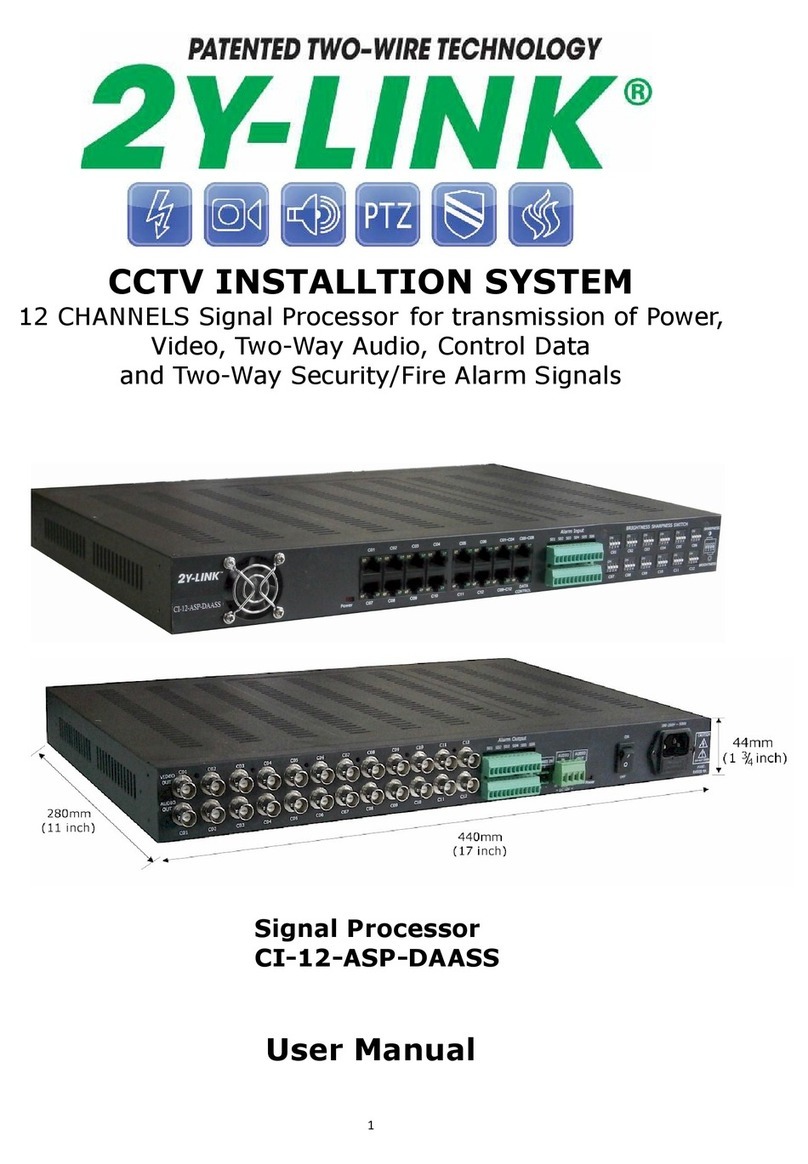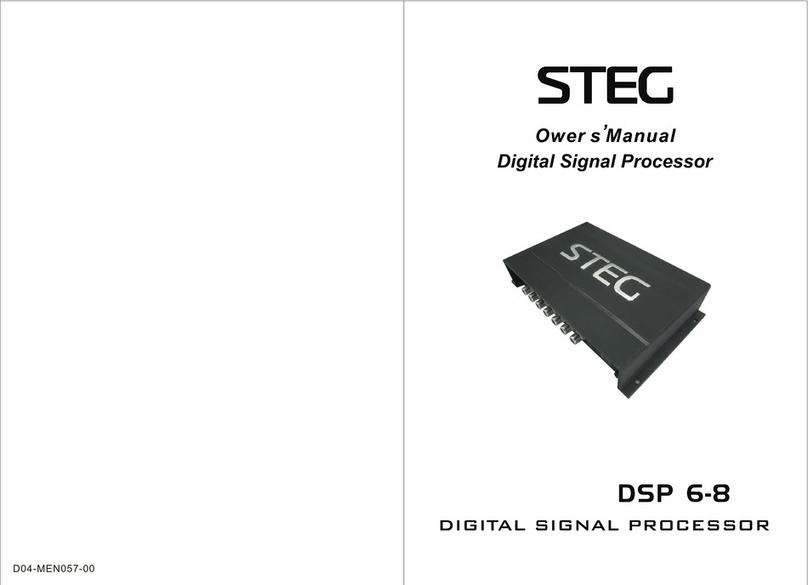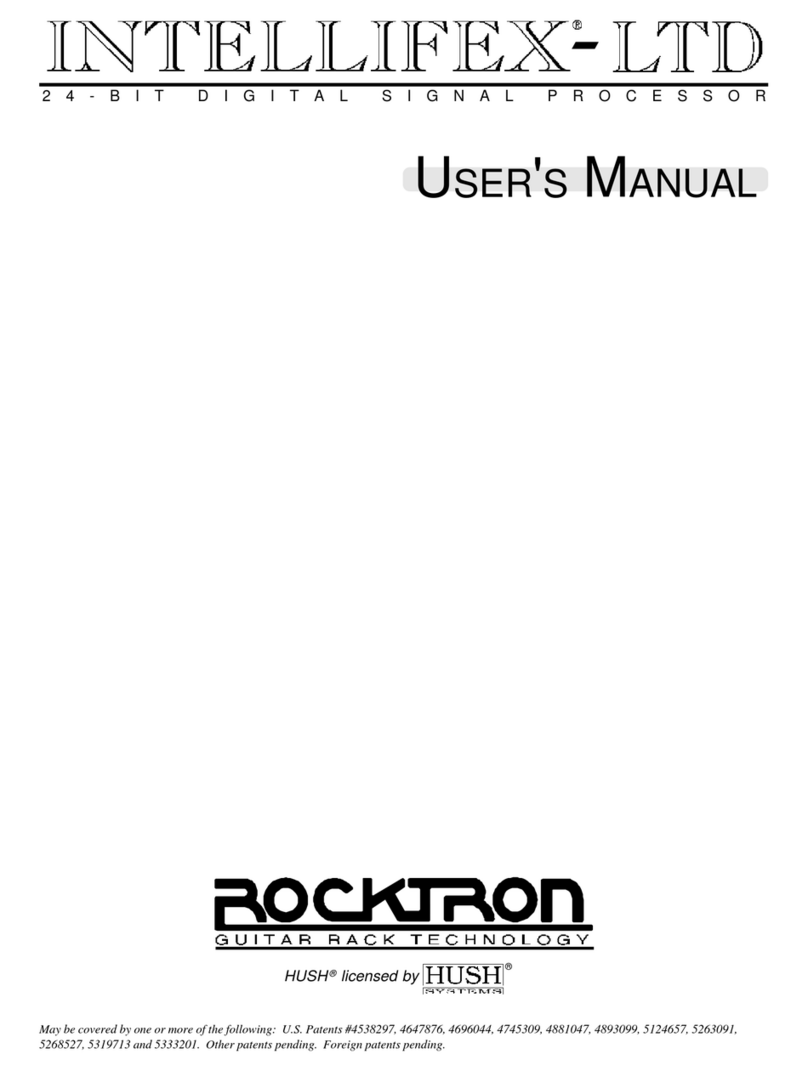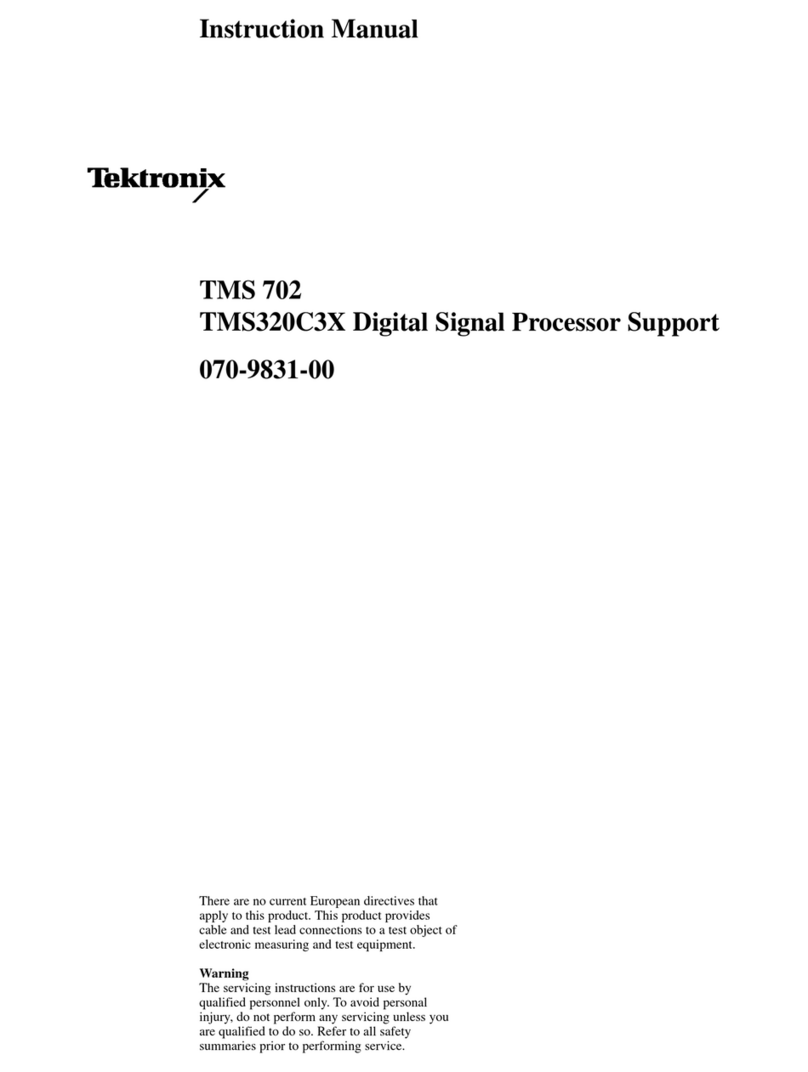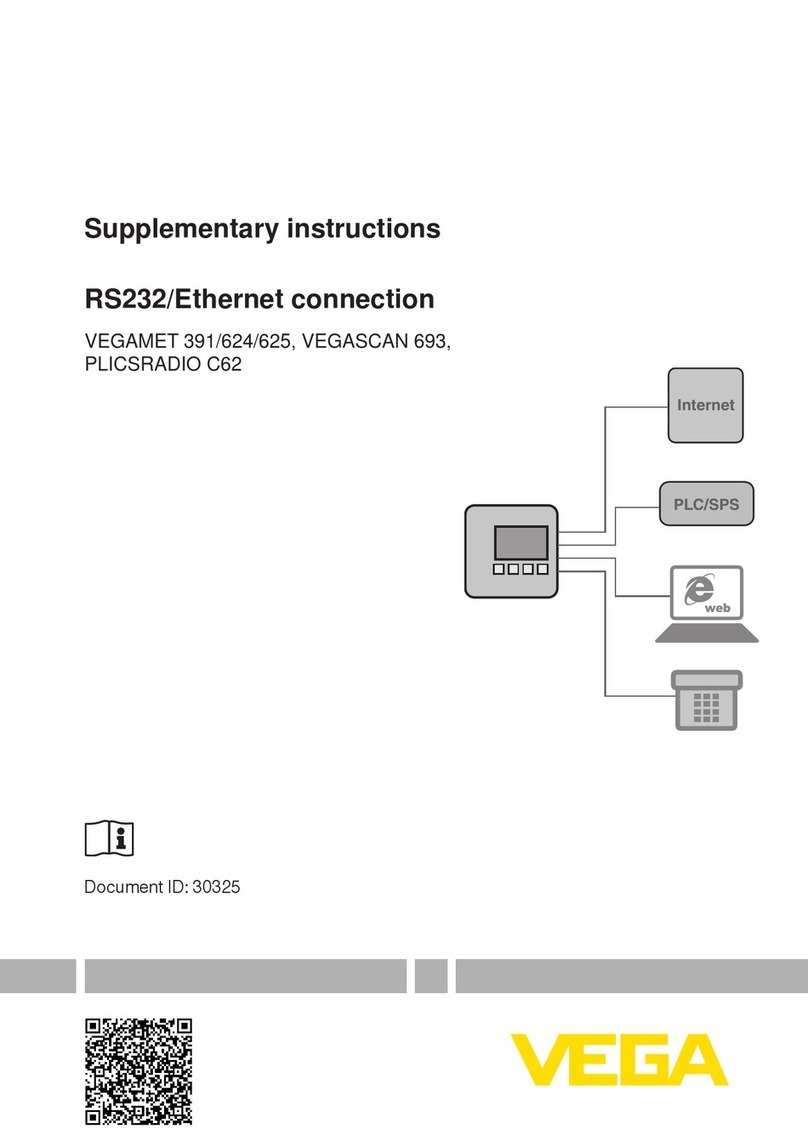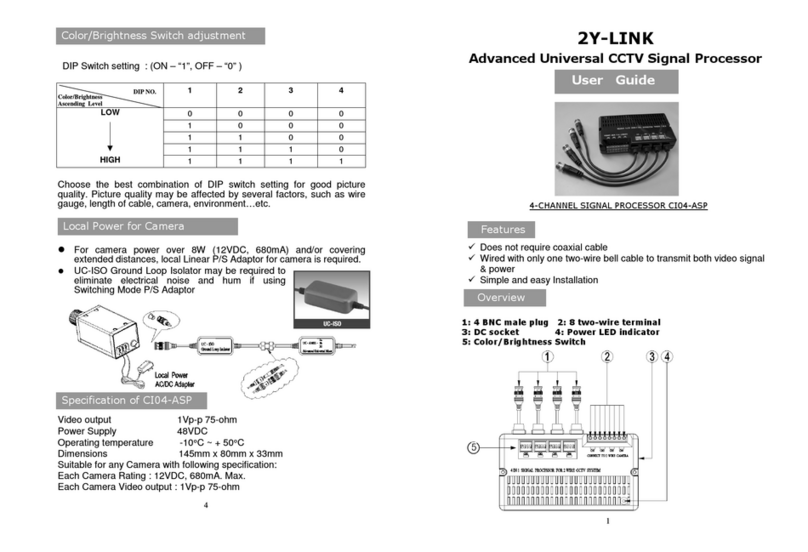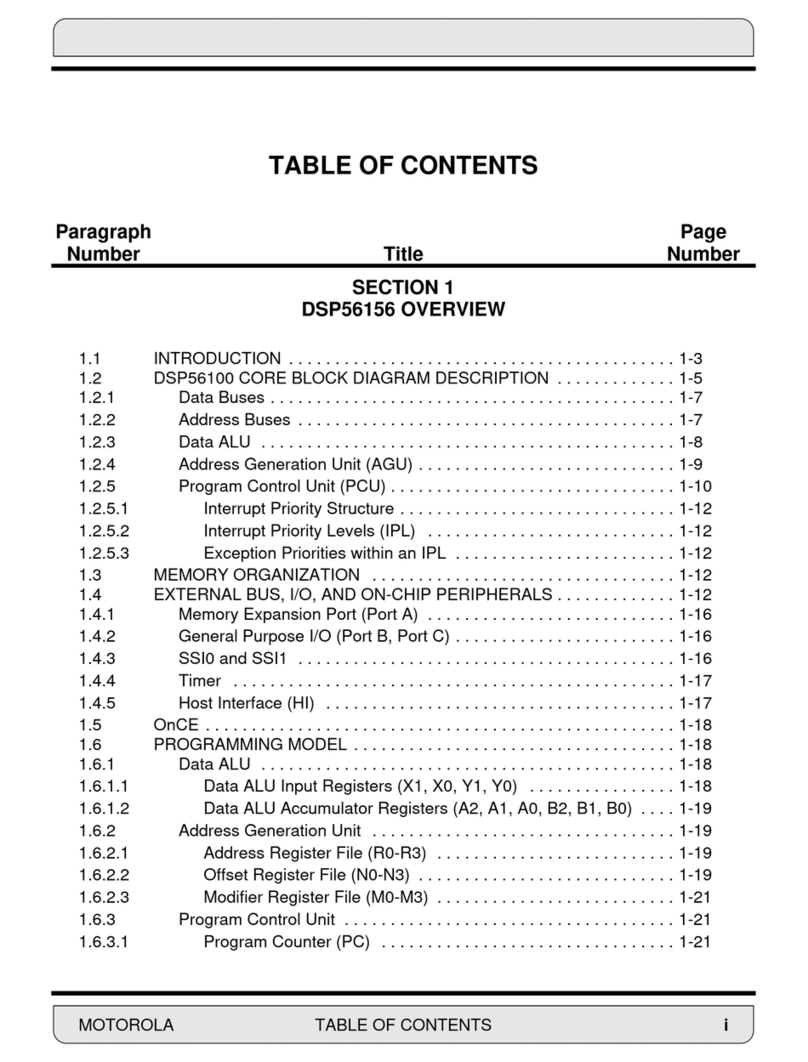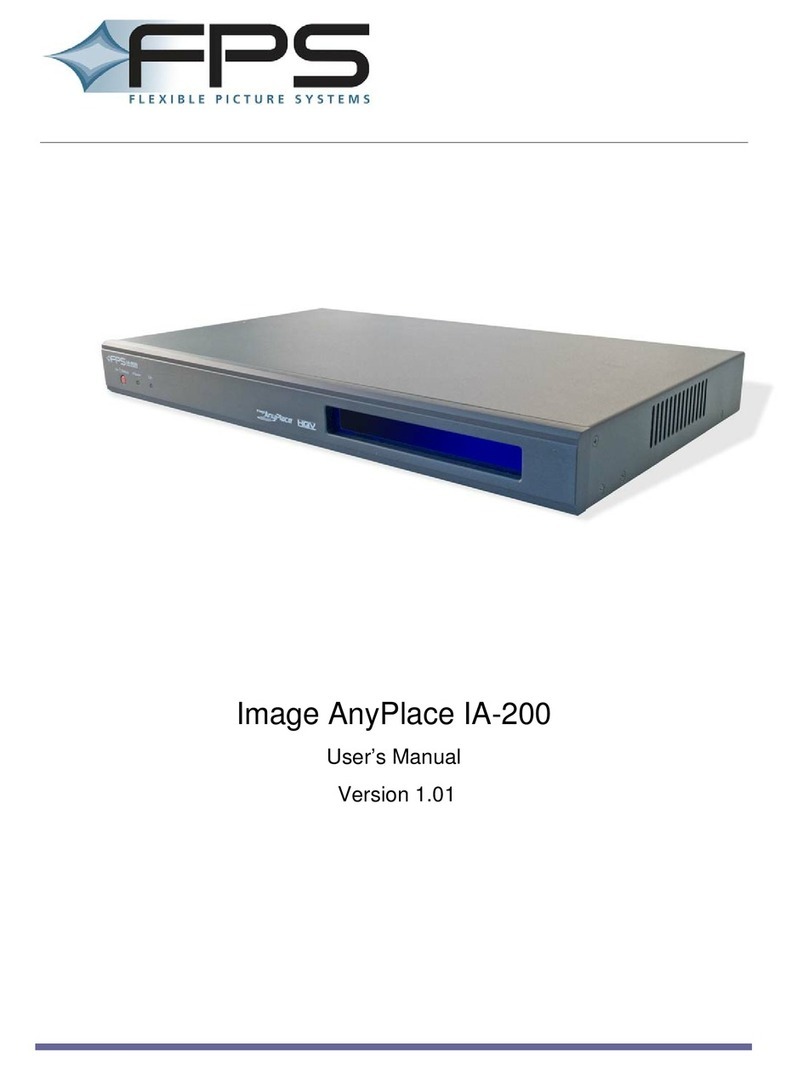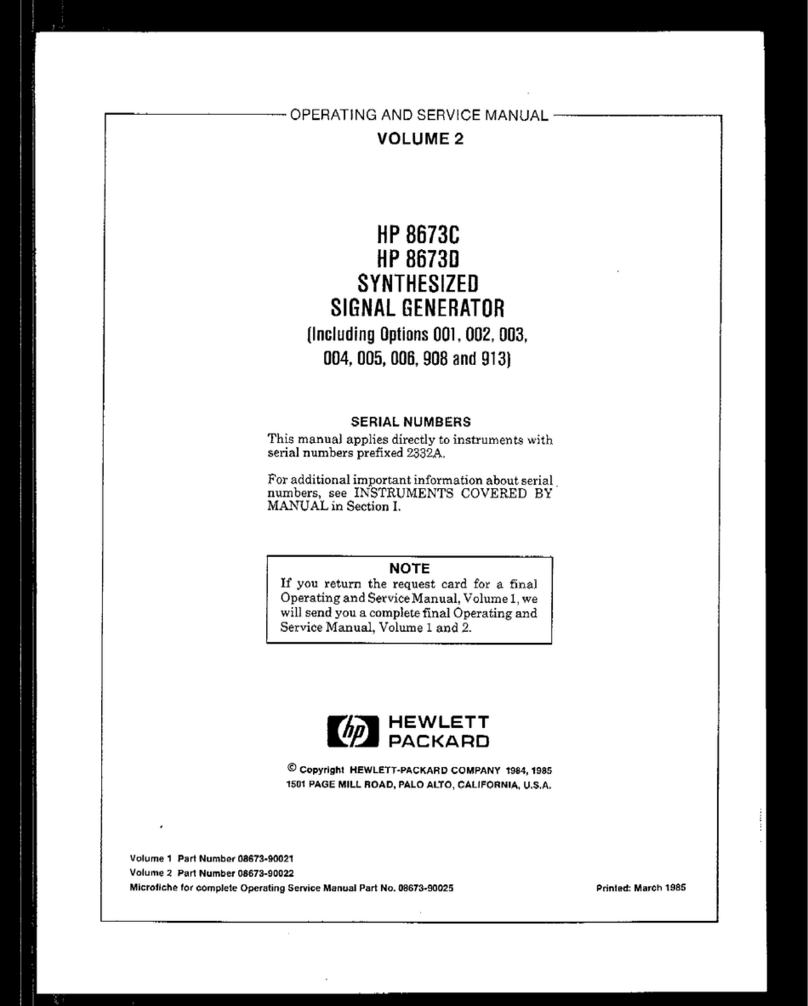
7
ENIT DPX4080
1- INTRODUZIONE
1. 1 DESCRIZIONE
Il DPX4080 di DAD è un processore di segnale
audio con 4 ingressi e 8 uscite ad alte prestazioni e
facile utilizzo.
Si avvale delle più recenti tecnologie di conversio-
ne da analogico a digitale e di processamento del
segnale per orire un audio impeccabile al pari dei
migliori prodotti sul mercato.
L’avanzato DSP a 96 kHz ore una serie di funziona-
lità uniche e veramente utili.
Ad esempio, i ltri crossover a fase lineare LIR che
sono facili da usare quanto le forme di ltro più
convenzionali e hanno una latenza inferiore rispet-
to ai ltri FIR. Anche la potente suite VX Limiter
(Peak, RMS ed Excursion), nonché la innovativa
limitazione multibanda specica per i diusori
passivi a 2 vie.
Supportando gli ingressi analogici AES3 e Dan-
te ™ e avendo entrambe le uscite analogiche e
AES3, tutte sotto il completo controllo remoto, il
DPX4080 è adatto all’uso nelle applicazioni più
esigenti, specialmente quando la essibilità è
fondamentale.
Se utilizzato come sistema di gestione degli
altoparlanti o crossover digitale, il DPX4080 ore
strutture e prestazioni all’avanguardia La capacità
di ricevere, elaborare e trasmettere l’audio senza
lasciare il dominio digitale rende il DPX4080 un
controller centrale ideale per grandi sistemi, anche
quando vengono impiegati amplicatori con DSP
incorporato.
La porta Ethernet consente il controllo da remoto,
mentre un display frontale, ottimizzato per l’uso
in ambienti dicili, consente il controllo locale
completo di tutte le funzionalità. Il controllo tra-
mite l’intuitiva applicazione System Engineer ore
molte funzioni convenienti e che fanno risparmiare
tempo come la gestione essibile dei preset e il
raggruppamento di overlay di Mute, guadagni,
ritardi ed equalizzazione in un intero sistema.
La scheda DANTE è opzionale e viene fornita solo
installata e collaudata nel processore.
CARATTERISTICHE
• Quattro canali di ingresso e otto canali di uscita
• Elaborazione del segnale digitale a 96kHz - Algo-
ritmi 4° generazione SHARC DSP
• Ingressi e uscite analogici, AES3. Dante ™ / AES67
1- INTRODUCTION
1. 1 DESCRIPTION
The DPX4080 from DAD is a high performance
and easy to use signal processor for sound sys-
tems. With processing for 4 inputs and 8 outputs
it takes advantage of the latest analogue to digi-
tal conversion and DSP technologies to deliver
awless audio on a par with the best products
on the market.
The advanced 96kHz DSP provides an array of
unique and genuinely useful features.
For example, LIR linear phase crossover lters
which are as easy to use as more conventional
lter shapes, and have less latency than FIR
lters. Also the powerful VX Limiter suite which
sports Peak, RMS and Excursion limiting, as
well as multiband limiting for passive 2-way
enclosures.
Supporting analogue AES3 and Dante™ inputs
and having both analogue and AES3 outputs, all
under full remote control, makes the DPX4080
suitable for use in the most demanding applica-
tions, especially when exibility is paramount.
When used as a loudspeaker management
system or digital crossover, the DPX4080 brings
state-of-the-art facilities and performance, how-
ever the ability to receive, process and transmit
audio without it leaving the digital domain
makes the DPX4080 an ideal central controller
for large systems, even when ampliers with in-
built DSP are being employed.
The Ethernet port allows remote control while
a front display, optimised for use in challeng-
ing environments, allows full local control of
all features. Control via Linea’s intuitive System
Engineer application provides many convenient
and time saving features such as very exible
management of presets, and Overlay grouping
of Mutes, Gains, Delays and EQ across an entire
system.
The DANTE board is optional and is only sup-
plied installed and tested in the processor.
FEATURES:
• Four input channels and eight output chan-
nels


